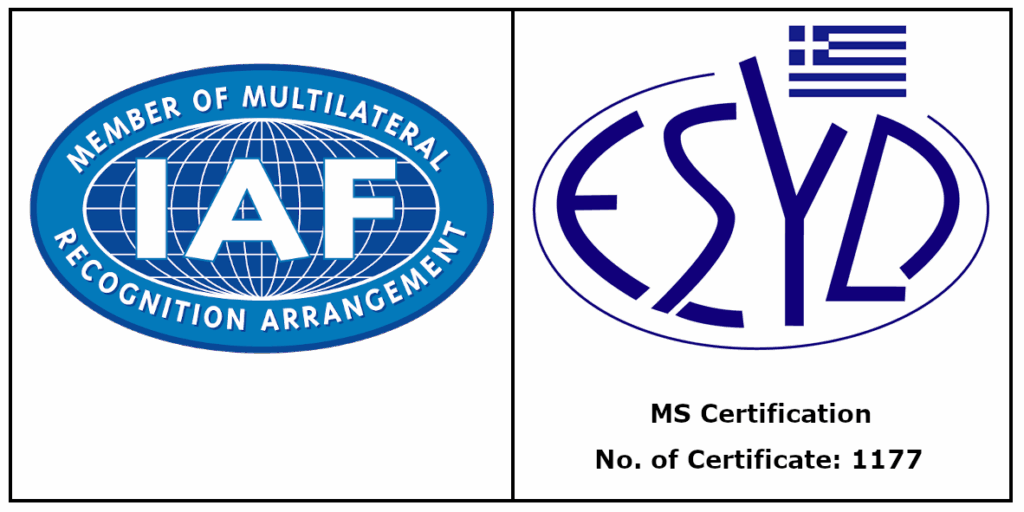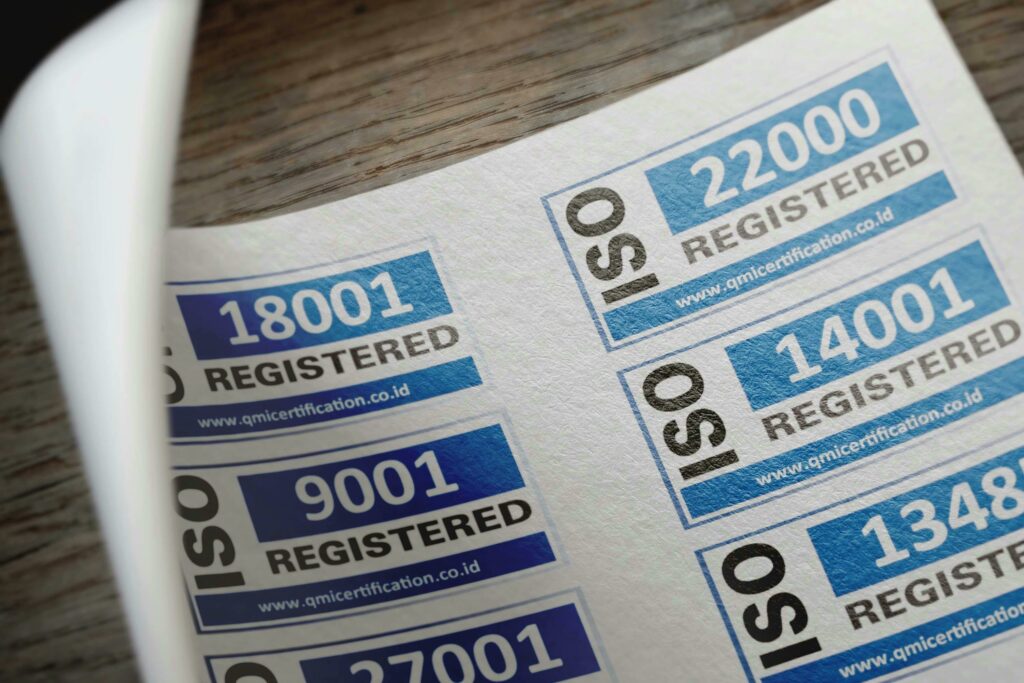WE ARE AN INTERNATIONAL CERTIFICATION BODY LOCATED IN CYPRUS
ISONIKE Ltd was incorporated in EU in 2013 and is an International Certification Body (CAB) accredited for Managment Systems by the Hellenic Accreditation Services (ESYD).
The Company was incorporated with a clear Vision and Mission. We are fully committed to providing services to the highest professional standard and in accordance with the best of business ethics.

LET’S WORK TOGETHER!
Our Services
ISONIKE maintains four Divisions that offer services related to:
.

Certification of Management Systems

Ad Hoc Services

Marine and Shipping

Training
Follow Us
FROM THE BLOG
Latest News
-
ESG Management System Certification Scheme by ISONIKE Ltd
Read more: ESG Management System Certification Scheme by ISONIKE LtdWe are pleased to announce the launch of the ESG Management System Certification Scheme by ISONIKE Ltd, a leading international Conformity Assessment and Certification Body. This new initiative underscores our commitment to fostering sustainable business practices and supporting…
-
Congratulations to “INNOVATION S.A” – The First ESG Management System Certified Organization!
Read more: Congratulations to “INNOVATION S.A” – The First ESG Management System Certified Organization!We are pleased to announce that “INNOVATION S.A” has successfully completed their participation in the ‘Champion’ program and the certification process. It is now the first organization to achieve certification under the ISONIKE ESG Management System Certification Scheme.…





